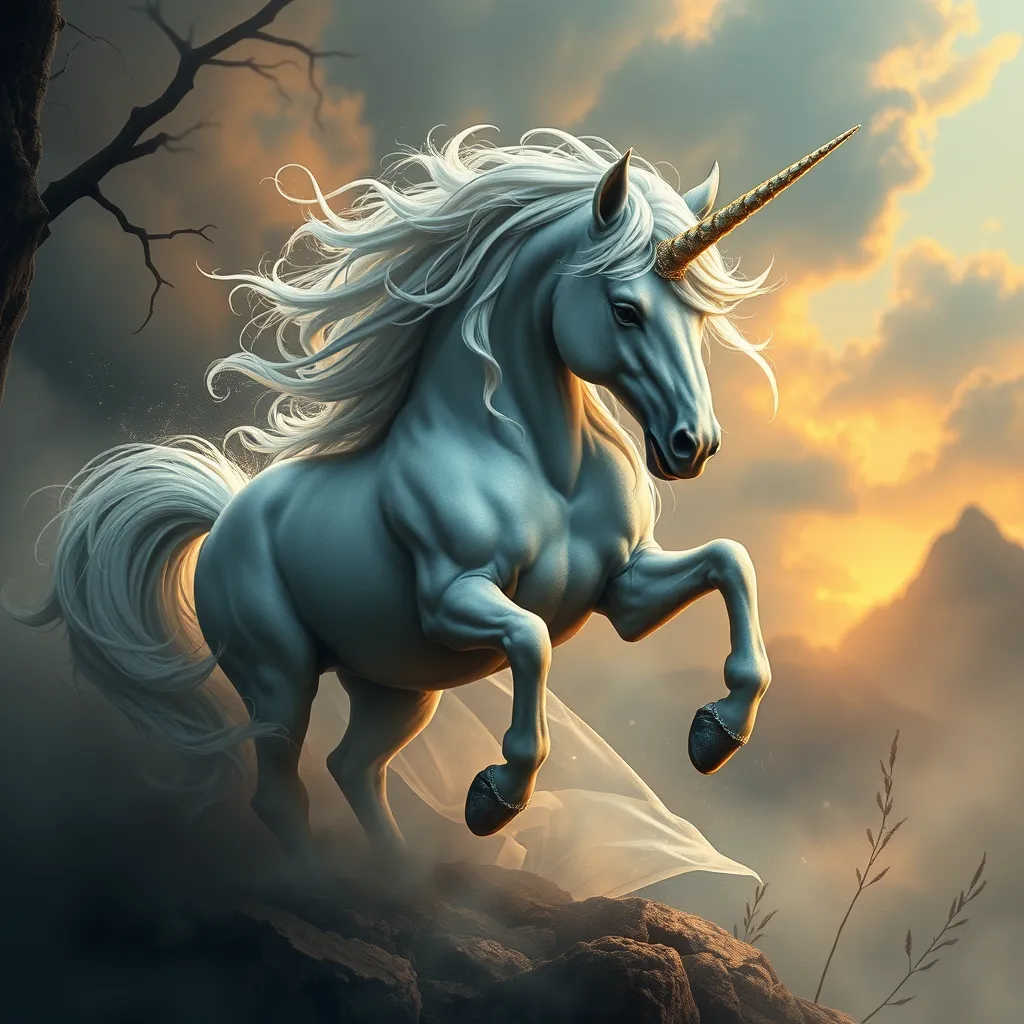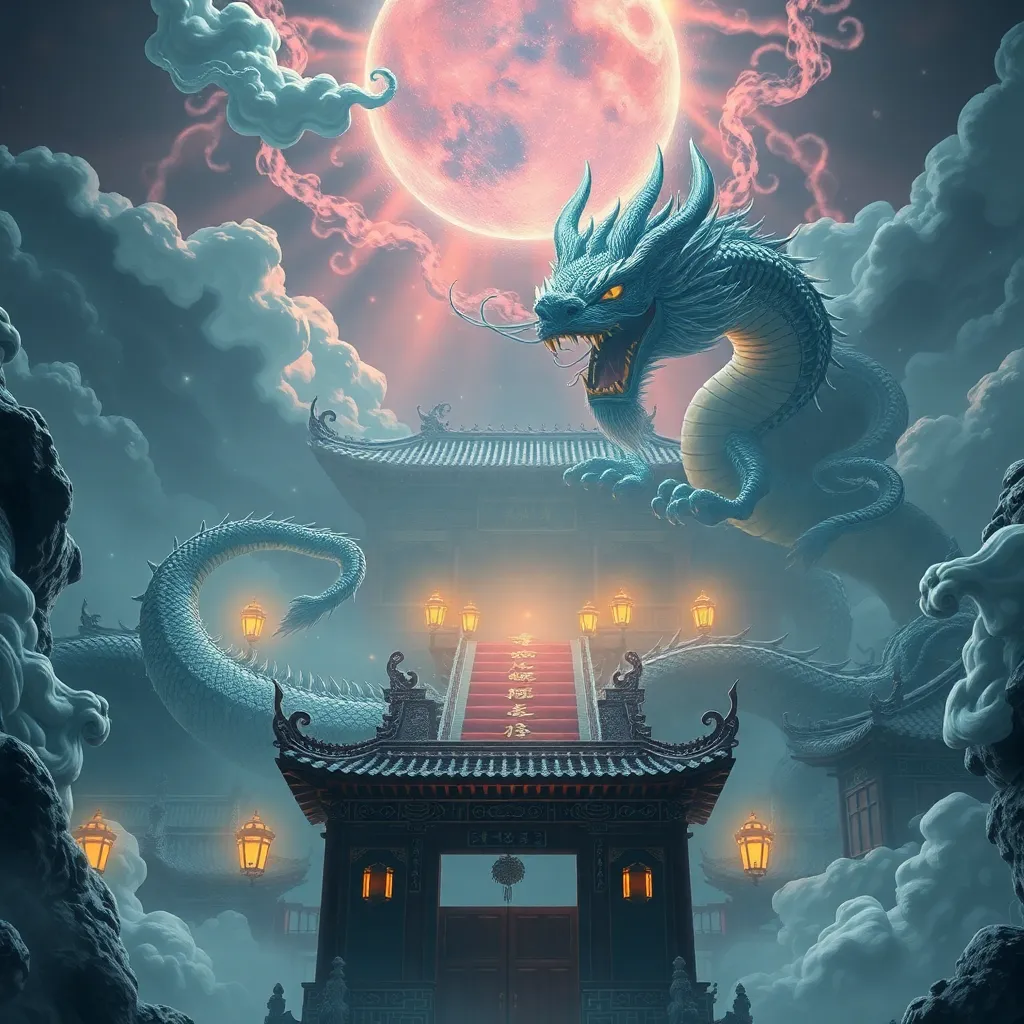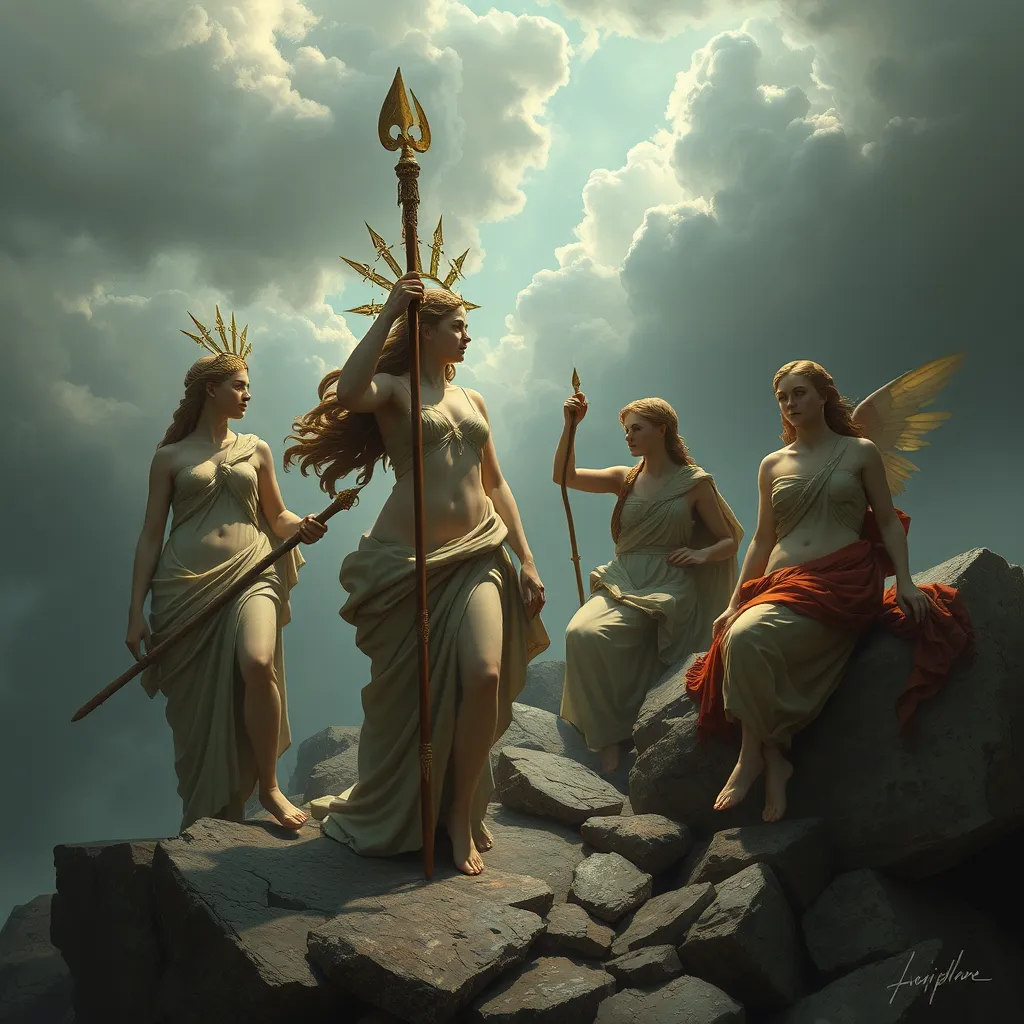The Unicorn’s Whisper: Exploring the Unicorn in French Mythology
I. Introduction
The unicorn, a mythical creature often depicted as a horse with a single spiraled horn, has captivated the imaginations of cultures worldwide. In mythology, it symbolizes purity, grace, and beauty, transcending mere folklore to embody deeper spiritual meanings. In French culture, the unicorn holds a significant place, intertwining with the nation’s rich tapestry of history, literature, and art.
This article aims to explore the multifaceted representations of the unicorn within French mythology, examining its historical origins, symbolic meanings, and its evolution through various cultural lenses. By delving into the unicorn’s significance, we can gain a deeper understanding of its enduring allure in French heritage.
II. Historical Origins of the Unicorn in France
A. Ancient texts and early references to unicorns
The earliest mentions of unicorns in France can be traced back to ancient texts, where they were often described in fantastical tales. The Greek historian Ctesias, writing in the 5th century BCE, described a creature resembling a unicorn in his accounts of India, which influenced many later depictions in Europe, including France.
B. Influence of Celtic and Roman mythology
The unicorn’s roots in French mythology were further enriched by the Celtic and Roman traditions. In Celtic mythology, the unicorn was considered a symbol of purity and was often associated with the natural world. The Romans, on the other hand, introduced the idea of the unicorn as a fierce and elusive creature, further embedding it into the European mythos.
C. The unicorn in medieval French literature
During the medieval period, the unicorn became a prominent figure in French literature. Notably, texts such as the “Book of Beasts” and various bestiaries featured the unicorn, often illustrating its mystical qualities and adventures. These stories contributed to the unicorn’s growing symbolism as a representation of the unattainable and the divine.
III. The Unicorn as a Symbol of Purity and Innocence
A. Description of the unicorn’s characteristics
The unicorn is often described as a horse-like creature, typically white, which symbolizes purity and innocence. Its spiraled horn is said to possess magical properties, capable of purifying water and healing ailments. This imagery has made the unicorn a symbol of hope and virtue.
B. The association with purity in Christian symbolism
In Christian symbolism, the unicorn is linked to the Virgin Mary, representing purity and divine love. This connection was particularly prominent during the Middle Ages, where artworks would depict the unicorn alongside the Madonna, emphasizing its sacred nature.
C. Representation of the unicorn in art and literature
- In various medieval tapestries, the unicorn is depicted in lush landscapes, often engaged in battles with other mythological creatures.
- Poets such as François Villon and Charles d’Orléans have used the unicorn as a metaphor for unattainable love and the quest for purity in their works.
IV. The Unicorn in French Literature and Folklore
A. Notable medieval works featuring unicorns
Medieval French literature is rich with unicorn references, such as in the “Romance of the Rose,” where the unicorn symbolizes the quest for love and virtue. These narratives often intertwine the unicorn with themes of chivalry and the ideals of courtly love.
B. The role of the unicorn in Breton tales and legends
In Breton folklore, the unicorn appears as a creature of enchantment, often associated with the fairy realm. These tales frequently illustrate the unicorn as a guardian of the forest and a symbol of the natural world’s mystique.
C. Analysis of unicorn motifs in French poetry
French poets have long used unicorns as motifs to explore themes of desire and purity. The symbolism of the unicorn allows for a rich exploration of human emotions, with poets employing its imagery to convey complex feelings surrounding love, innocence, and the quest for meaning.
V. The Unicorn in French Heraldry and Nobility
A. The unicorn as a heraldic symbol
The unicorn became a prominent heraldic symbol in France, representing strength, purity, and nobility. It was often depicted in coats of arms and royal insignia, embodying the virtues of the noble class.
B. Examples of noble families and their use of the unicorn
Several noble families adopted the unicorn as part of their heraldry. For instance, the House of Bourbon featured a unicorn in its coat of arms, emphasizing its association with royal lineage and the ideals of chivalry.
C. The significance of the unicorn in royal insignia
The unicorn’s presence in royal insignia was meant to convey a sense of divine right and purity, reinforcing the idea that the monarch was chosen by God. This symbolism contributed to the mystique surrounding French royalty and its connection to the divine.
VI. The Unicorn in Renaissance and Baroque Art
A. The resurgence of unicorn imagery in the Renaissance
The Renaissance marked a revival of interest in classical mythology and art, leading to a resurgence of unicorn imagery. Artists began to explore the unicorn’s symbolic associations with love, purity, and the divine in new and innovative ways.
B. Analysis of famous artworks featuring unicorns
One of the most famous artworks featuring the unicorn is the “Unicorn Tapestries,” a series of medieval tapestries housed in the Cloisters in New York City. These tapestries depict the unicorn in various scenes, illustrating its connection to themes of love and purity.
C. The unicorn as a subject in tapestries and sculptures
Unicorns also became popular subjects in sculptures during the Baroque period. Artists crafted intricate pieces that highlighted the creature’s beauty and grace, further cementing its status as a symbol of purity and nobility.
VII. Modern Interpretations of the Unicorn in French Culture
A. The unicorn in contemporary literature and media
In contemporary literature, the unicorn has experienced a resurgence as a beloved character in fantasy genres. Authors like Pierre Pevel have incorporated unicorns into their narratives, blending traditional symbolism with modern storytelling.
B. The resurgence of the unicorn as a cultural icon
Today, the unicorn has become a cultural icon, appearing in various forms of media, including films, television shows, and merchandise. Its appeal continues to resonate with audiences, symbolizing dreams, magic, and the unattainable.
C. Unicorn-themed festivals and events in France
France hosts several unicorn-themed festivals and events, celebrating the creature’s mythical status. These gatherings often feature art displays, literature readings, and family-friendly activities, allowing people to engage with the unicorn’s rich cultural legacy.
VIII. Conclusion
The unicorn’s significance in French mythology is a testament to its enduring allure and multifaceted symbolism. From ancient texts to modern interpretations, the unicorn continues to inspire and captivate the imagination, representing beauty, purity, and the quest for innocence.
As we reflect on the cultural legacy of the unicorn in France, it is clear that this mythical creature transcends time, embodying the dreams and ideals of countless generations. The unicorn will likely continue to thrive in French culture, whispering its enchanting tales to all who seek its ethereal charm.



